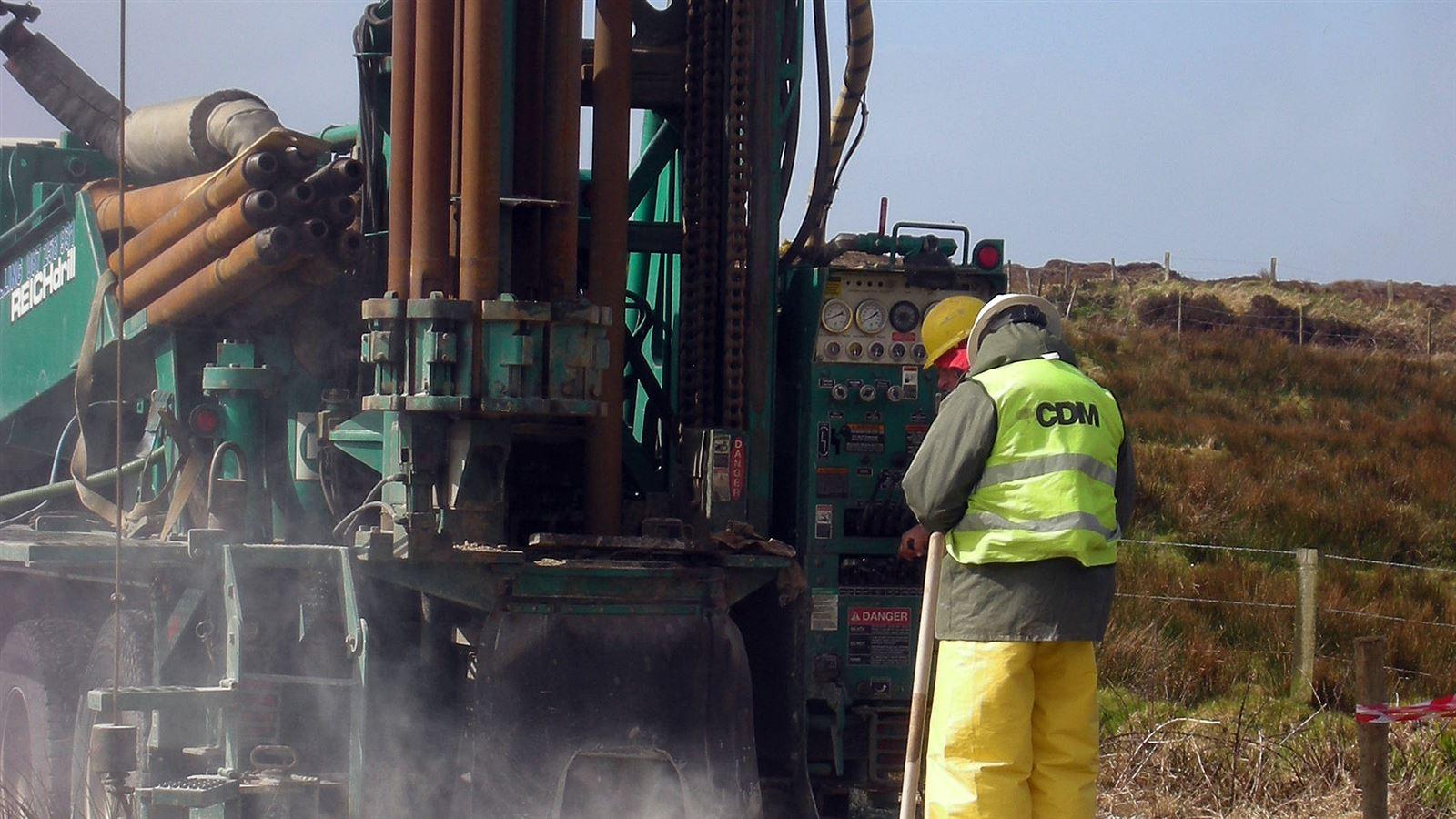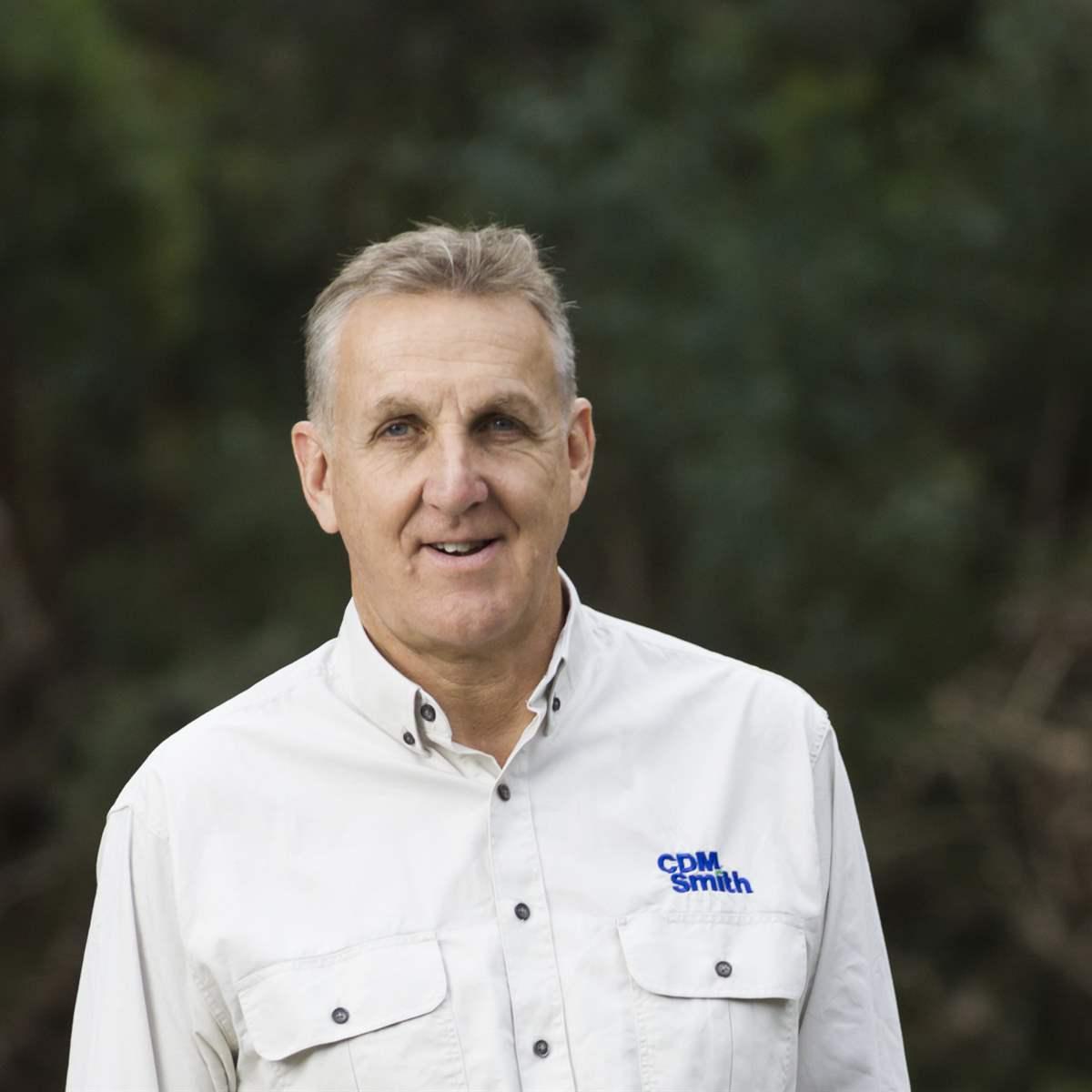Using Groundwater Modelling for Responsible Coal Seam Gas Operation
Santos - one of Australia's largest producers of oil and gas - is developing coal seam gas (CSG) operations in the Gunnedah-Oxley Basin in Northern New South Wales. Producing natural gas requires depressurisation of the coal seam reservoir, which yields significant volumes of water. A key concern is the potential for groundwater to be transferred from the shallow Upper Namoi alluvium, which is the major regional surficial aquifer, to the deeper coal seams.
Contracted to conduct groundwater modelling for the groundwater impact assessment, CDM Smith developed a large (>50,000 km2) regional groundwater flow model to assess the potential impacts of the Gunnedah Gas Project and Santos' neighbouring Narrabri Gas Project on the deep and shallow groundwater resources of the Gunnedah-Oxley Basin. The modelling is distinctive as it assesses potential impacts of cumulative pumping from target CSG coal seams on multiple connected groundwater sources defined within NSW Water Sharing Plans. The modelling was designed to answer the following key questions:
- How would water extracted for CSG production eventually be replaced and how long this would take;
- What might be the maximum draw-down in each Water Sharing Plan area and when this would occur, and;
- How much water would be transferred between each groundwater source over time from commencement of CSG production to recovery of the entire groundwater system.
In-house program provides predictive results for regulators and stakeholders.
To answer these questions, CDM Smith developed in-house programs to post-process MODFLOW model output files and produce tabular and graphical solutions, including interactive movies of simulation results. These customised outputs provided significant benefits for Santos by enabling them to present predictive results under various scenarios to regulators and stakeholders in formats that are directly relevant to the legislative framework governing water sharing and aquifer interference policies.







